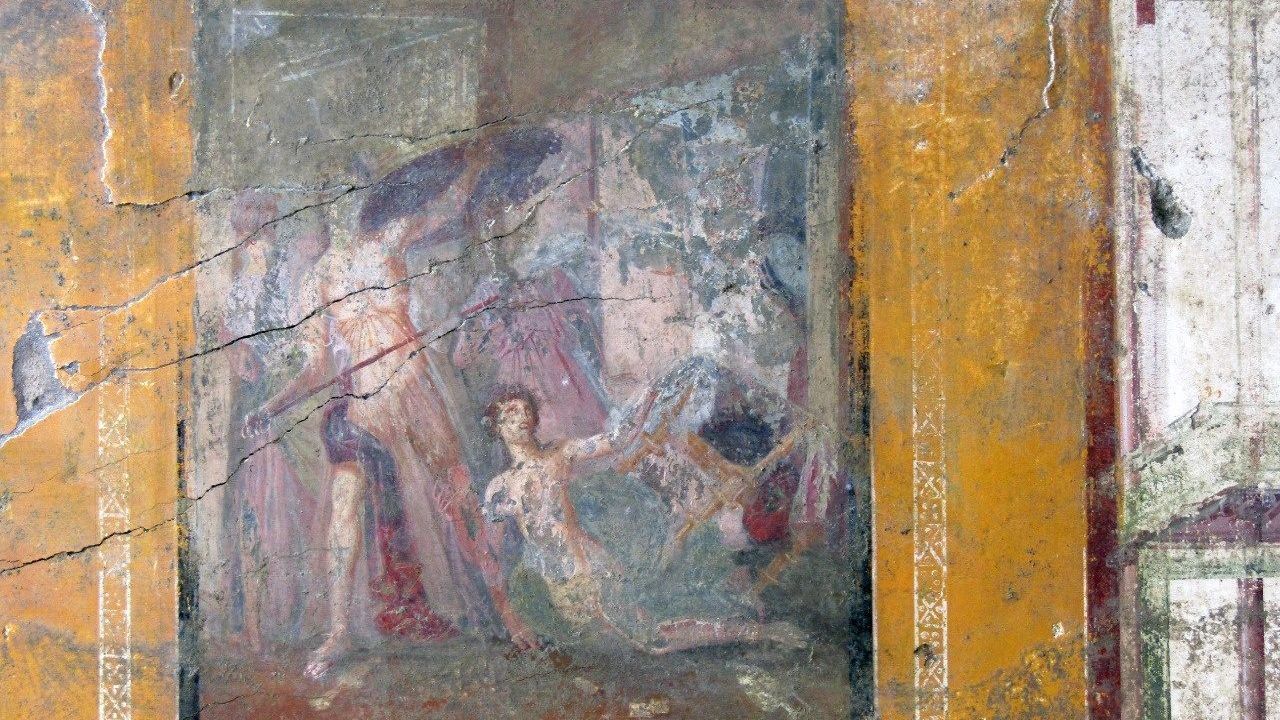Pompeii excavation reveals ancient Roman building techniques
Archaeologists at Pompeii uncover perfectly preserved Roman construction site, revealing advanced techniques used before Vesuvius' eruption in 79 A.D.

Archaeologists uncovering Pompeii's hidden secrets have recently made significant progress in understanding ancient Roman construction methods.
The Archaeological Park of Pompeii's latest excavations in Region IX, insula 10, have exposed a construction site frozen in time since the catastrophic eruption of Mount Vesuvius in 79 A.D.
This discovery offers a vivid snapshot of the Roman builders' world.
Tools, tiles, bricks of tuff, and lime piles mark the site near Rustius Verus's bakery, painting a detailed picture of ongoing work at the time of the eruption.
A fascinating find in the reception room includes Roman numerals written in charcoal, believed to be tallies of the construction site's accounts.
Collaborating with the Massachusetts Institute of Technology, the archaeologists propose a novel building technique known as "hot mixing."
They suggest that builders mix quicklime with dry pozzolana and then hydrate it to construct opus caementicium.
This technique, significantly different from the usual method of immersing quicklime in water to form slaked lime, likely sped up the construction process by allowing the lime, pozzolanic sand and stone mixture to dry more quickly.
Gennaro Sangiuliano, Minister of Culture, emphasized the site's importance, stating: "Pompeii is a treasure chest and not everything has been revealed in its full beauty. Much material still needs to emerge."
He further added the significance of this discovery in understanding Roman engineering and architecture.
Park Director Gabriel Zuchtriegel echoes this sentiment, noting, "Pompeii makes us understand so many things about the great Roman Empire, not least the use of cement."
Source: Newsroom






